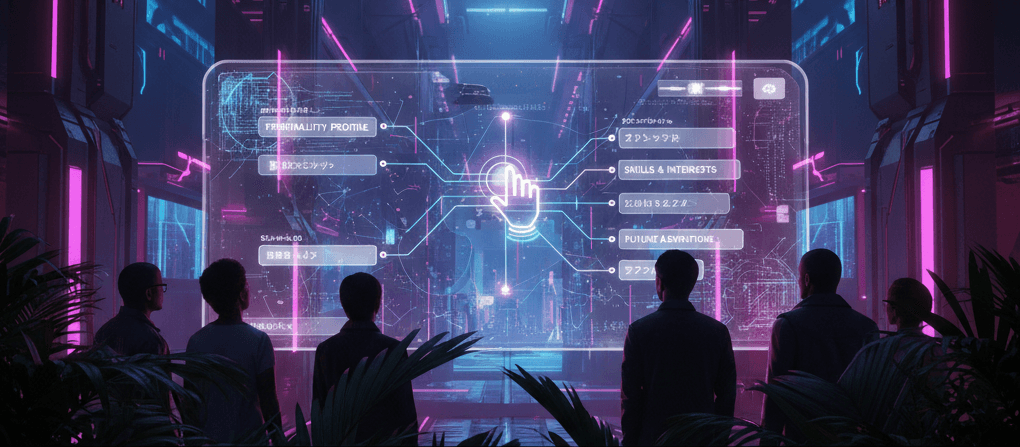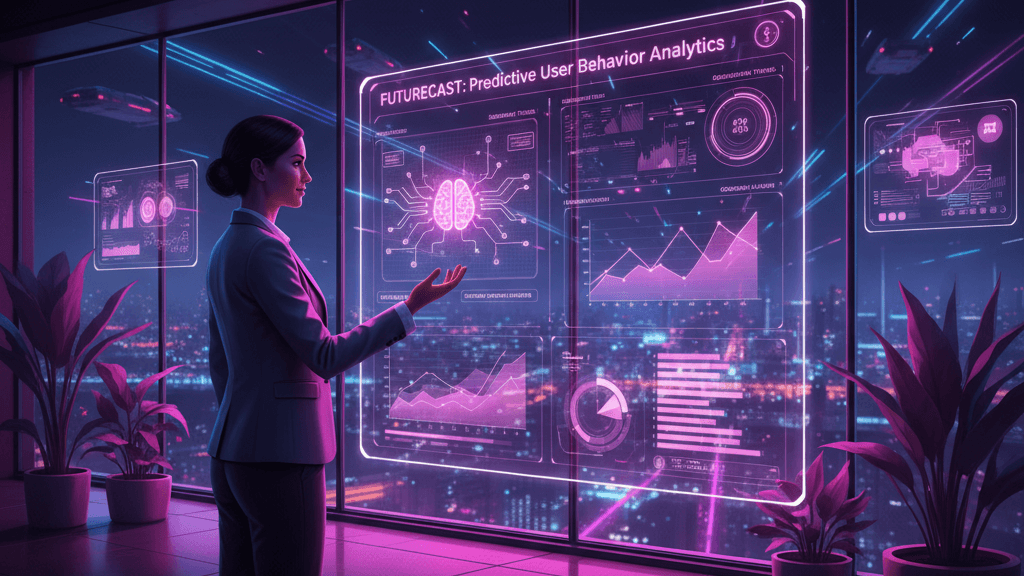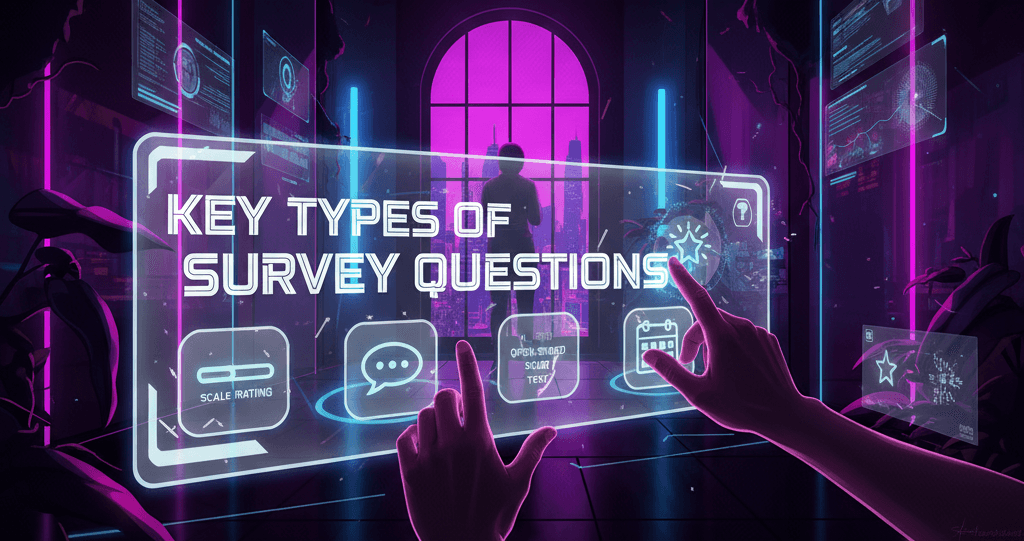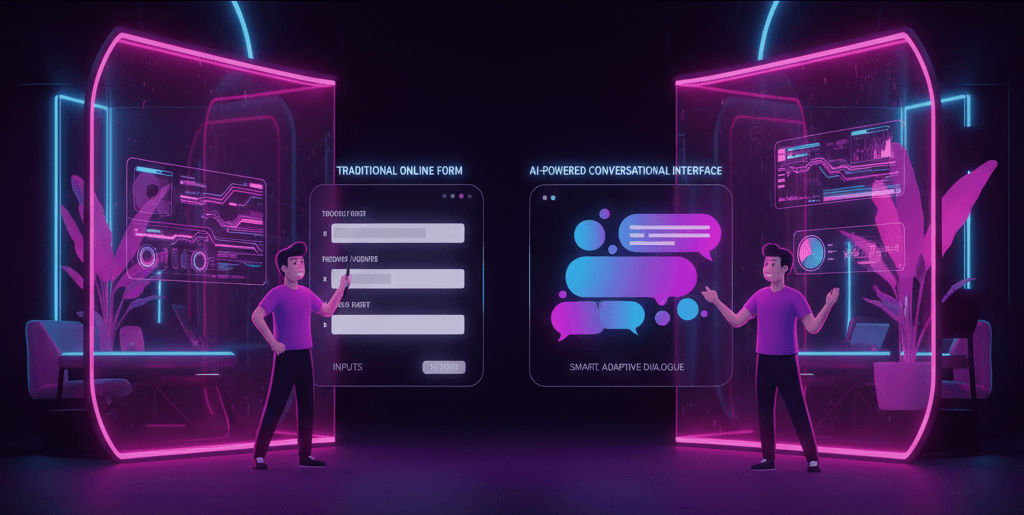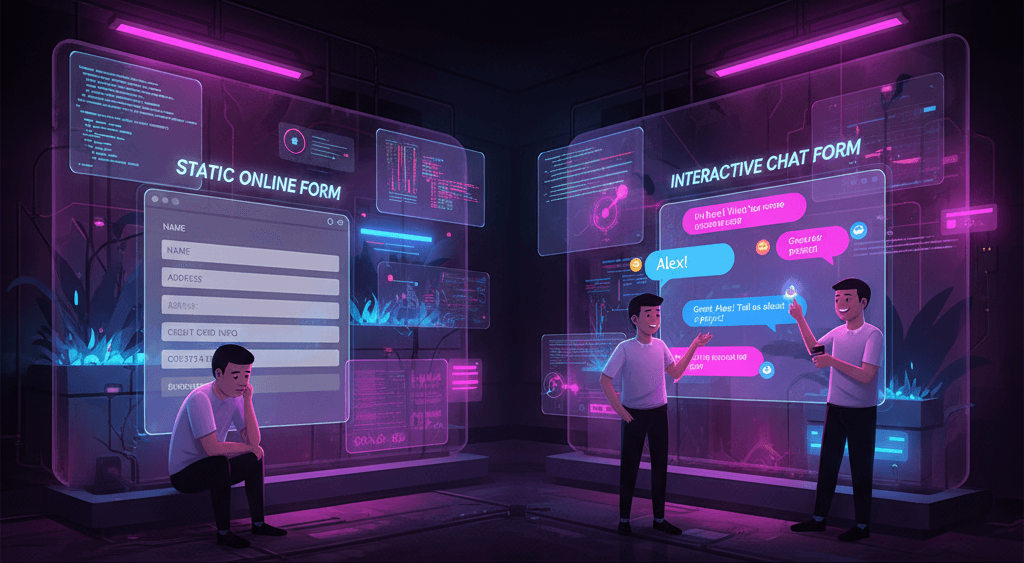In today’s hyper-connected world, businesses are bombarded with a growing volume of customer service requests across various channels—email, live chat, social media, and more.
With rising demand comes the pressure to deliver fast, consistent, and high-quality support. AI customer service agents offer a promising solution, but merely deploying them isn’t enough.
To truly excel in high-volume environments, these agents must be optimized through strategic planning, robust architecture, and careful alignment with human workflows.
This guide explores how to fine-tune AI customer service agents to deliver top-tier performance under pressure while maintaining an excellent customer experience.
Understanding AI Customer Service Agents in High-Volume Contexts
AI customer service agents are sophisticated systems powered by natural language processing (NLP), machine learning (ML), and large language models (LLMs) that interact with customers without human assistance.
In high-volume environments such as e-commerce peak seasons, telecom operations, or public utility services, these agents need to manage thousands of simultaneous interactions efficiently.
Success in such settings depends on their ability to triage, prioritize, and route issues accurately while reducing wait times and preserving the quality of engagement.
Optimization, in this context, means enabling intelligent delegation that mirrors human-level understanding and judgment at scale.
Benefits of Optimized AI in High-Volume Support
When properly optimized, AI customer service agents can drive significant business results. Organizations have reported up to 70% ticket deflection, which reduces the load on human agents.
Lower average handling times and around-the-clock support in multiple languages also lead to better customer satisfaction. Operational costs drop as automation takes over repetitive queries.
Furthermore, AI agents provide valuable, real-time insights into customer needs and behavior, fueling data-driven service improvements.
However, these benefits come with a responsibility to maintain transparency—customers should be informed when they are speaking with an AI and understand how their data is being used.
Technical Architecture & Integrations
To achieve scalable and effective AI-driven support, a robust technical foundation is essential. A well-designed system architecture typically follows an API-first model, allowing seamless integration with CRM platforms, ticketing systems, and other essential tools.
Real-time data streaming is crucial for giving AI agents instant access to information like order histories, account statuses, and previous interactions.
Advanced systems utilize vector databases to store semantic embeddings, which help generate context-aware responses. Fine-tuning LLMs with domain-specific data ensures that the AI understands the unique language and concerns of your industry.
Retrieval-augmented generation (RAG) techniques can further enhance performance by combining the predictive power of LLMs with up-to-date factual databases.
A synchronized knowledge base ensures the AI agent consistently pulls the most accurate and relevant content, improving the customer experience.
Scaling Performance for High Traffic
In high-volume support environments, performance bottlenecks can cripple customer experience. Effective load management begins with auto-scaling cloud infrastructure that dynamically adjusts computational resources based on traffic.
Rate-limiting mechanisms and intelligent queuing systems can help maintain service levels during unexpected spikes.
Continuous monitoring of system metrics such as latency, fallback frequency, and token usage is essential for identifying weak points.
Regular A/B testing of different dialogue strategies allows organizations to refine their AI agents and make data-informed improvements.
Designing Superior Customer Experience (CX)
While technical capabilities are essential, the customer experience must remain front and center. An optimized AI agent should ensure omnichannel consistency by maintaining the conversation’s context across platforms such as live chat, email, and voice.
Centralizing session logs enables smooth handovers and continuity in service. Voice and tone also matter, models that adapt their communication style to match a brand’s personality can make interactions feel more human.
Style transfer techniques enable this kind of personalization. Accessibility must also be prioritized; designing AI agents that support screen readers, voice commands, and multiple languages ensures inclusivity for all users.
Data Privacy, Security & Compliance
In high-volume scenarios, AI agents handle large volumes of sensitive customer data. Security must be embedded into every layer of the system.
This includes encrypting data both in transit and at rest, as well as masking personally identifiable information (PII) and other confidential inputs.
Adherence to data protection regulations like GDPR, HIPAA, and CCPA is non-negotiable. Systems should include robust audit logs and compliance reporting features to support regulatory audits.
Building trust with customers also involves transparency about AI usage and providing them with opt-out options or the ability to escalate to a human agent when desired.
Human + AI Collaboration
Optimized AI agents do not replace human agents; they empower them. Effective systems include smart escalation mechanisms that detect when human intervention is needed, such as when customer sentiment declines or a query falls outside the AI’s scope.
These handoffs should be supported by automatic conversation summarization to provide human agents with quick context. Human roles are also evolving.
AI trainers, for example, are responsible for fine-tuning models and improving performance through continuous feedback. Supervisors monitor agent performance and intervene in complex cases.
Mutual feedback loops between AI and human agents allow both to improve, creating a collaborative and efficient support environment.
Challenges & Mitigation Strategies
Despite their capabilities, AI agents are not immune to issues. Bias in training data can lead to problematic responses, while hallucinations, instances where the AI generates false information, can erode trust.
Retrieval-based generation methods can reduce the risk of hallucinations by grounding responses in verified data sources.
Another common problem is the inability to resolve certain queries. Instead of frustrating customers with repetitive or irrelevant responses, optimized AI agents should include graceful fallback mechanisms that offer clear paths to human support.
Choosing the Right AI Platform
Selecting the right platform for your business involves evaluating several factors. Platforms like Talkdesk offer integrated contact center solutions suitable for large enterprises, while Zendesk AI provides plug-and-play ML capabilities ideal for mid-market SaaS companies.
Enjo focuses on agentic workflows for scaling startups, and IBM Watson excels in analytics and regulatory compliance.
Key evaluation criteria include integration flexibility, security and compliance support, scalability, and customization options.
Creating a comparison chart of platform features can help stakeholders make informed decisions aligned with their business goals.
Future Trends & Roadmap
The future of AI in customer service is moving toward more autonomy and multimodality. Agentic AI, where agents can complete multi-step workflows with minimal supervision, is on the rise.
Voice AI is also gaining traction, enabling real-time, natural interactions over phone channels. Multimodal AI systems that combine text, image, and speech processing are opening new avenues for support.
To stay ahead, organizations should begin by auditing their current workflows, identifying top repeat issues, selecting adaptable platforms, integrating backend data, and continuously monitoring and improving performance.
Conclusion
High-volume customer support is not just a technical challenge, it’s a strategic opportunity. When AI customer service agents are optimized effectively, they elevate not only support operations but also the overall customer experience.
Far from replacing humans, these systems enhance the capabilities of human teams, driving efficiency, satisfaction, and growth.
With thoughtful implementation, organizations can meet surging demand without compromising quality.




